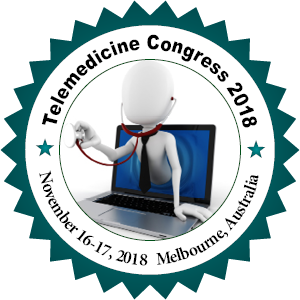Lucy Huang
Flinders Medical Center, Australia
Title: Upper airway surgery with tubeless anesthesia and apnoiec Oxygenation-A "game changer" in ENT surgery?
Biography
Biography: Lucy Huang
Abstract
Background: Trans nasal Humidified Rapid Insufflation Ventilatory Exchange (THRIVE) is an anesthetic technique that allows for prolonged apnoeic oxygenation without intubation. THRIVE is often conducted in patients with normal BMI and mild systemic disease. However, it is unclear if patients with an increased BMI or significant comorbidities are able to safely undergo upper airway ENT procedure with THRIVE.
Method: A case note review of all ENT upper airway surgery conducted at Flinders Medical Centre and Flinders Private Hospital with the use of THRIVE and optiflow was conducted. Factors extracted from the case notes were: age, BMI, ASA, smoking status, reflux disease, presence of respiratory and cardiac disease. Analysis utilized non-parametric tests and odds ratios.
Result: THRIVE was used with the following upper airway procedures (n=56): micro laryngoscopy with biopsy and/or injection laryngoplasty (n=20), micro laryngoscopy with KTP laser use (n=12), panendoscopy with biopsy (n=11), esophageal dilatation (n=2), subglottic stenosis dilatation (n=10) and stapling of pharyngeal pouch (n=1). Rescue ventilation was required in 21.4% of cases (n=12). THRIVE related complications were reported in 1.8% of cases (1/56). Weight and BMI were associated with rescue ventilation (Mann Whitney U Tests; weight p=0.022, BMI p=0.045). A weight >100 kg or BMI >30 were 5.7 times more likely to require rescue ventilation (Fisher Exact Test p=0.028 and p=0.021). Gender was also associated with rescue ventilation (Pearson Chi-Square r=-0.319, p=0.017), with 75% being male. No other factors reported an association with rescue ventilation.
Conclusion: This case series demonstrates that THRIVE can be safely used for a variety of ENT upper airway procedures. However, there is a higher likelihood of rescue ventilation if patient is >100 kg or has BMI >30. Continued investigation with a larger dataset is recommended.

